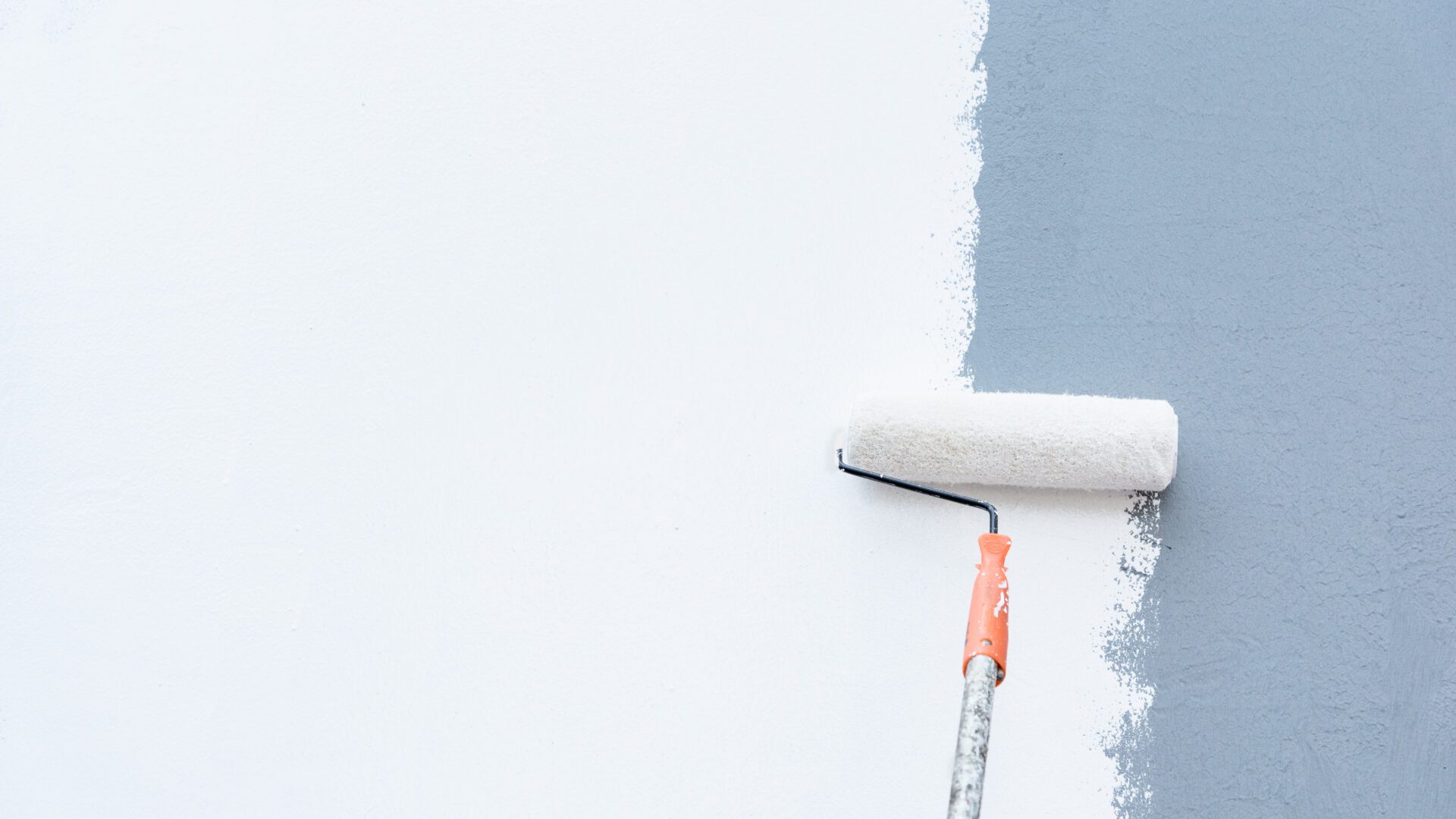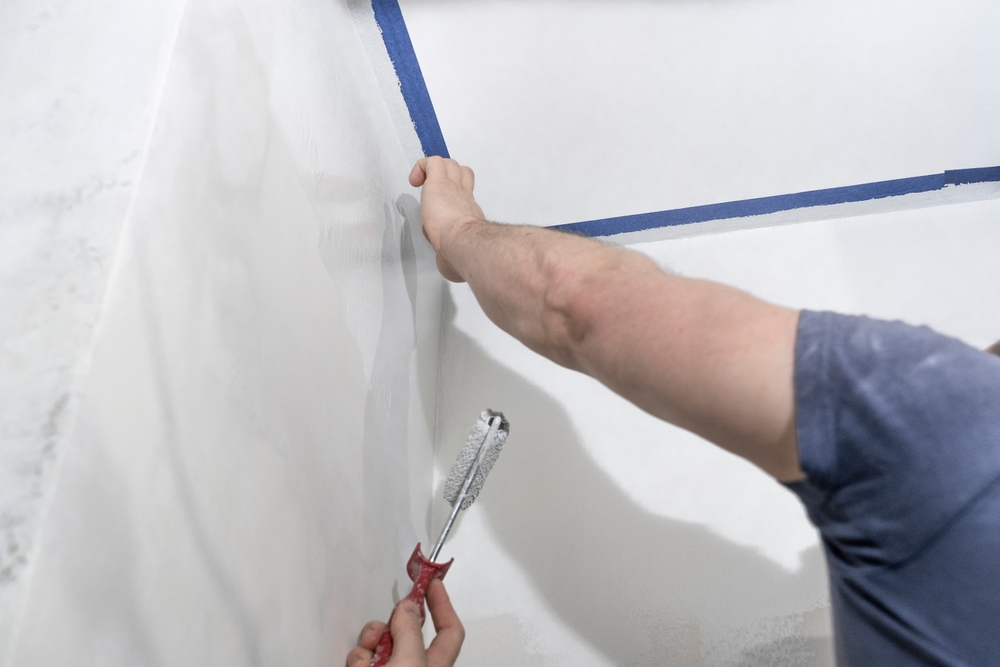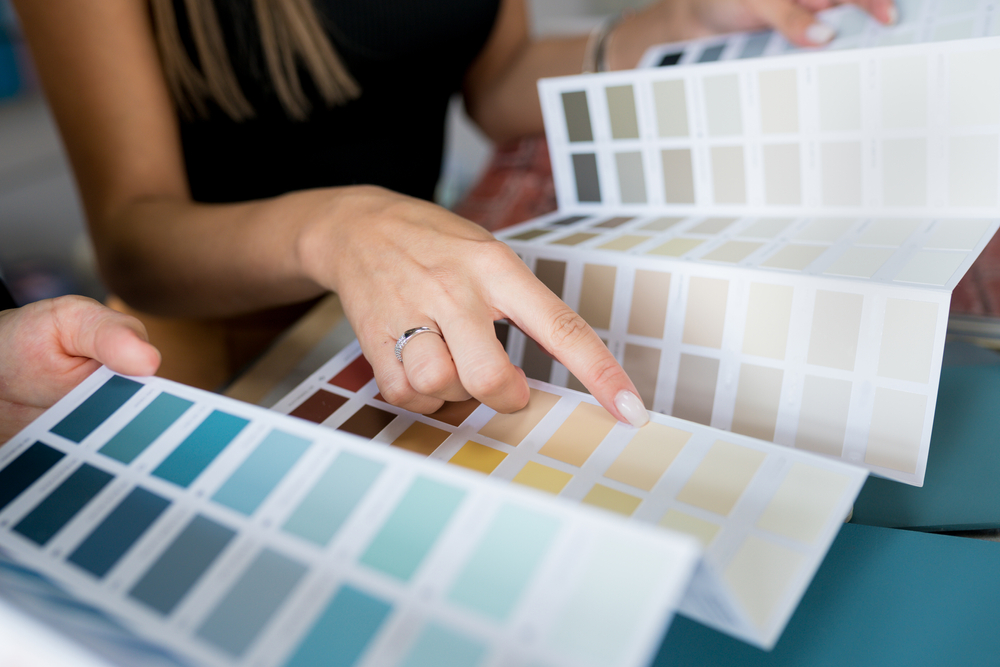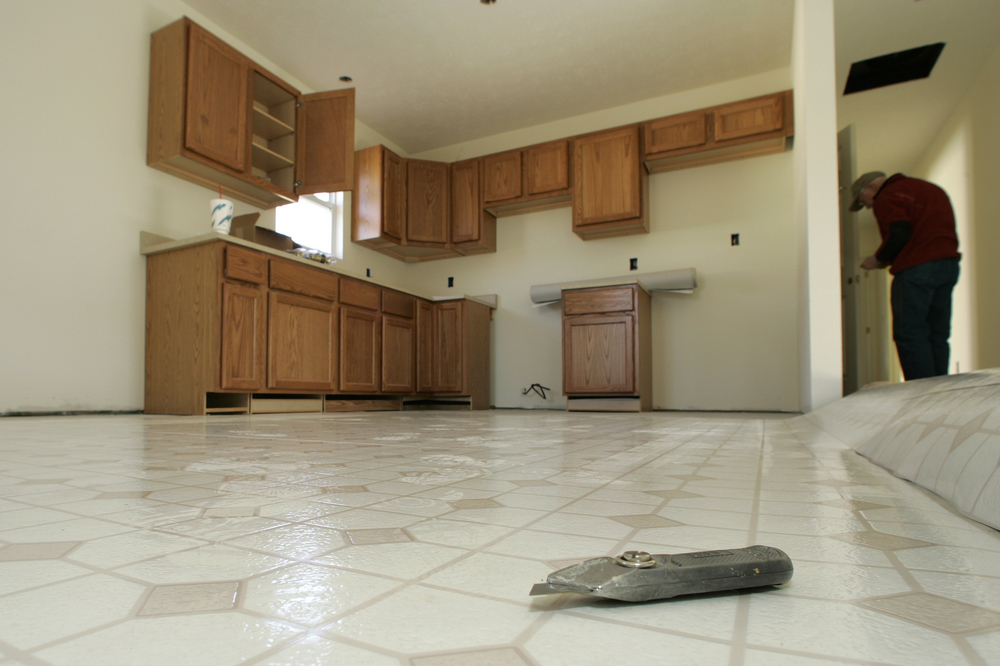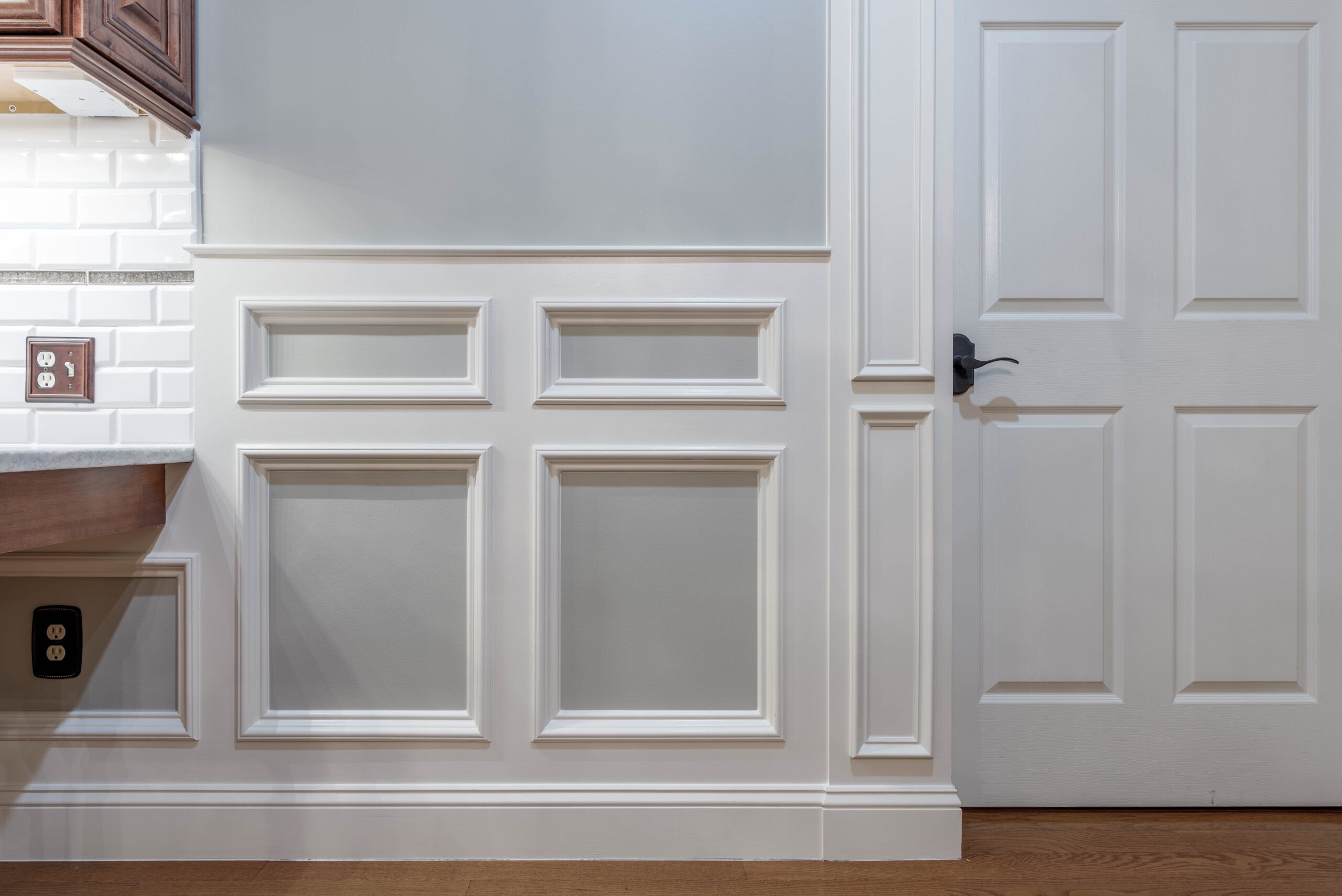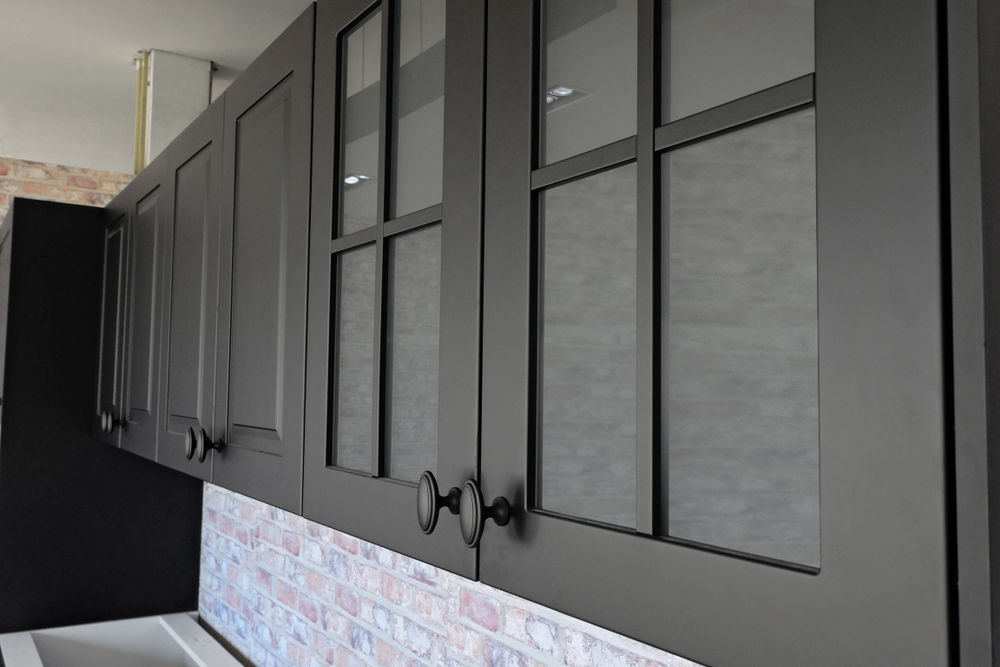If you’ve ever tried painting a spot on your home’s wall, you know how just slapping some paint on results in an uneven patch that rarely blends in properly. Professional painters can produce a smoothly painted surface that looks like it was created by magic because they have a specific number of steps for preparing the surface that they’re going to paint. It seems like a lot to anyone not familiar with painting, but it’s the best method for ensuring that the finished surface looks great.
Moving
First, anything near the area to be painted that can be moved is moved. Furniture and pictures are moved, curtains are taken down or tied up out of the way, and so on. This gives the painters better access to the surface that needs to be painted, even if it’s only a small patching job.
Covering
Anything that’s not being painted that can’t be removed is taped over or covered up. Things like doorknobs, electrical outlets, light switches, and so on are covered in painter’s tape; the floor is covered with a tarp.
Cleaning
The surface that the painters are going to paint is then cleaned thoroughly. Loose paint is cut away, any old paint that needs to be removed is stripped off, and general dust and debris are wiped away. The exact process depends on the type of surface material being painted, such as wood or drywall. If any liquid cleaners are used, the painter will then have to wait for those to dry before continuing.
Filling
If there are any cracks or holes, the painter will then fill them in. They may use spackle, such as for a drywall hole, or another patching material. All uneven spots, no matter what they’re due to, need to be filled in to provide a smooth, level surface for the painters to paint.
Sanding
Cutting away old paint and filling in cracks often leave raised edges and lumps. These need to be sanded down flat so that the new primer and paint can go on without leaving anything that looks out of line with the rest of the surface. Sanding can be one of the messier parts of painting, but it’s necessary.
Priming
Next, the painters will paint the surface with a primer. This helps cover up any color from the surface that will be under the paint; for example, you wouldn’t want to add white paint to a dark brown wood plank because you’d need several coats to get the surface color to look right. However, adding a primer layer helps cover up much or all of the underlying color. The primer also helps the painter test how well the paint is going to adhere to the surface.
Painting
Once the primer is dry and the painter sees nothing else that could get in the way of painting, they’ll start adding coats of paint. It may take a couple of coats to achieve the shade that you and the painter want the surface to be. If the paint is supposed to have a texture, the painter will choose a brush, roller, or sponge that creates that specific texture.
Painting can take a few days, especially if you’re having your entire house painted; patch jobs and small repairs usually take much less time. If you need painters in Doylestown, PA, or would like to speak to a painter in Sellersville, PA, contact Proper Painting LLC. You want painters who know what they’re doing to handle any painting jobs you have around your house. The results will look professional and make your house look refreshed.
